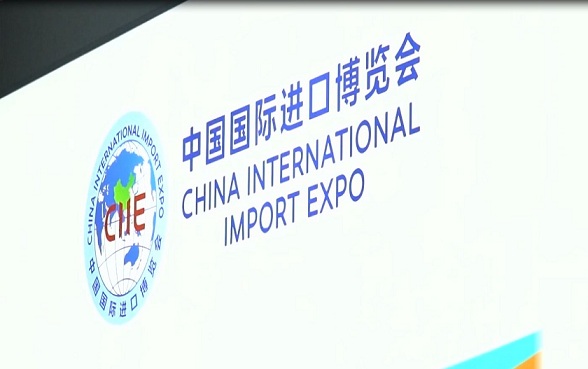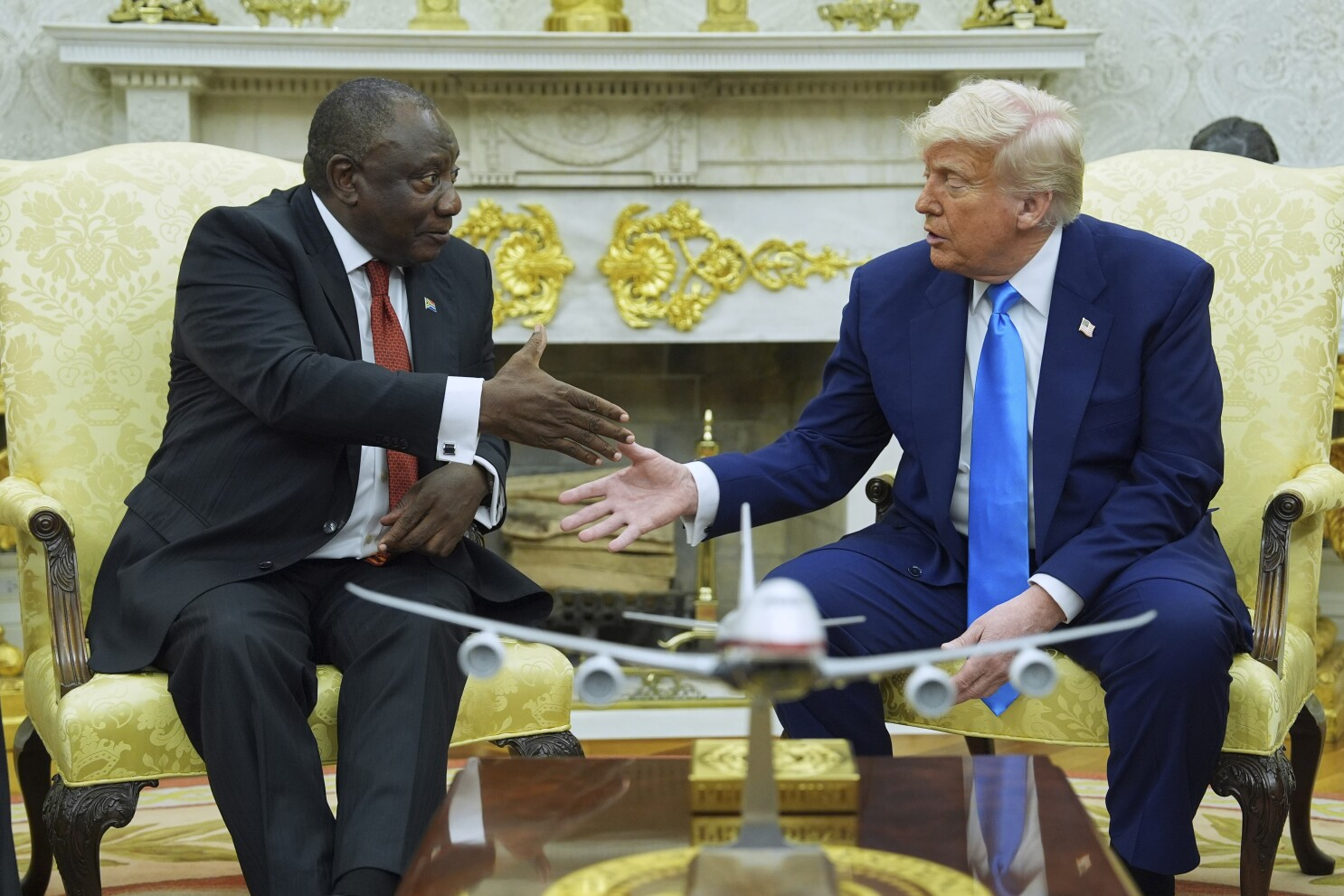
Opinion: China International Import Expo, A New Approach to Global Trade

By Edward Kusewa
The China International Import Expo (CIIE) is being dubbed by some experts as the newest approach in global trade. In describing this new trend in trade we examine its core dimensions, namely its value, its composition, and its direction and its impact on global trade. The subject revolves around the themes of a new trade policy namely domestic-consumption and action demonstrating China’s embrace of greater openness.
A very important aspect of trade of a country is its composition. It tends to indicate through a country’s imports what types of goods a country lacks and how much it needs or is able to get. It means that for a country like China, planning for development, the need for essential imports like capital goods, high and new technology is a must. Seen over a period of time changes in the composition of trade mirror the development taking place in the domestic structure of production.
While China consolidates its global position, it has placed the predominance of imports as an important aspect to promote the industrialization of the country. And although China is indeed already manufacturing her own capital goods, in a big way, there are certain capital goods China doesn’t produce or produces in small amounts, so that imports become necessary. Even at present capital-goods embodying latest technologies have to be imported.
China is expected to import roughly $10 trillion worth of goods and services in the next five-years which will bring a lot of opportunities for global companies, especially around raw materials and intermediate products like fibers, petroleum and chemical products. In 2016 China imported $1.23 trillion, making it the 2nd largest importer in the world.
While these two items, namely capital goods and industrial intermediates are part of the new China’s trade policy and industrialization, there will be huge imports of consumer goods, mostly food grains, to meet shortfalls of domestic production. During the last five years, the imports of China have decreased at an annualized rate of -2.8%, from $1.39 trillion in 2011 to $1.23 trillion in 2016.
China’s real domestic demand is likely to grow by at least 10 percent on year to year basis. The comparative advantage of China is in its labor-intensive industries which include agriculture, manufacturing, and services, which provide massive employment and disposable income to local people.

China US Trade War
The China–U.S. trade standoff has slowed trade in both countries tremendously affecting a big chunk of China’s total imports and intermediate goods. Those goods include such items such as petroleum oil and lubricants, iron and steel, non-ferrous metals and non-metallic mineral manufacture, crude oil, rubber, raw wool, raw cotton, animal and vegetable oils. So far, China has imposed tariffs on $110 billion of U.S goods, representing most of its imports of American products.
Trade tariffs imposed on China in the recent past has seen a dramatic decrease in the import of consumer goods consisting largely of cereals and cereal preparations to meet the needs of a rising population and to meet the shortfalls in the domestic production on account of the trade tariffs, competition and the vagaries of climate change.
Viewing the principal items together, it is obvious that the China International Import Expo offers a platform for the importation of capital goods mainly machines and intermediaries for its capital goods sector and to a considerable extent raw material for China’s consumer goods industries.
In terms of trade relations, the Import Expo will bring new trade policies and begin important changes. One will be the decline of legacy or traditional relations with the U.S. as a primary trading partner and the surfacing of new countries in China’s trade map, mainly reinforced by the China Belt and Road Initiative. There will also be a boost in the number of countries trading with China including Africa. The most striking trend in the direction of imports will be an increase in the number of countries from whom China will buy from.
China’s new strategy for domestic consumption is appropriate for several reasons. First is the fact that China’s domestic market is large enough to sustain growth at a fast rate. In fact, it is a fast-growing market. The constraints could be on the supply side. That China might not produce enough to meet domestic needs. Second, for domestic growth, China needs many sorts of import goods including intermediate goods and capital goods. This involves a large expenditure of foreign exchange.
Thirdly, China has many socio-economic objectives to realize. These include reducing income inequality, eradication of absolute poverty, fair sectoral and regional development, rapid generation of employment etc. These entail explicit policies and allocations of resources which are promising only if the approach of domestic-consumption is well implemented.
CIIE has introduced a new trade approach; certain questions will be raised by foreign players concerning the deregulation of the Chinese economy to abolish import licensing. The strategy for the domestic-driven economy will have to concentrate on the issue of advance licenses that are intended to supply local exporters with duty-free access to the imports used as inputs so that exporters can manufacture competitively in the global market.
Edward Kusewa is a Nairobi-based economist.
NOTE: The article reflects the author’s opinion, and not necessarily the views of CGTN Africa






